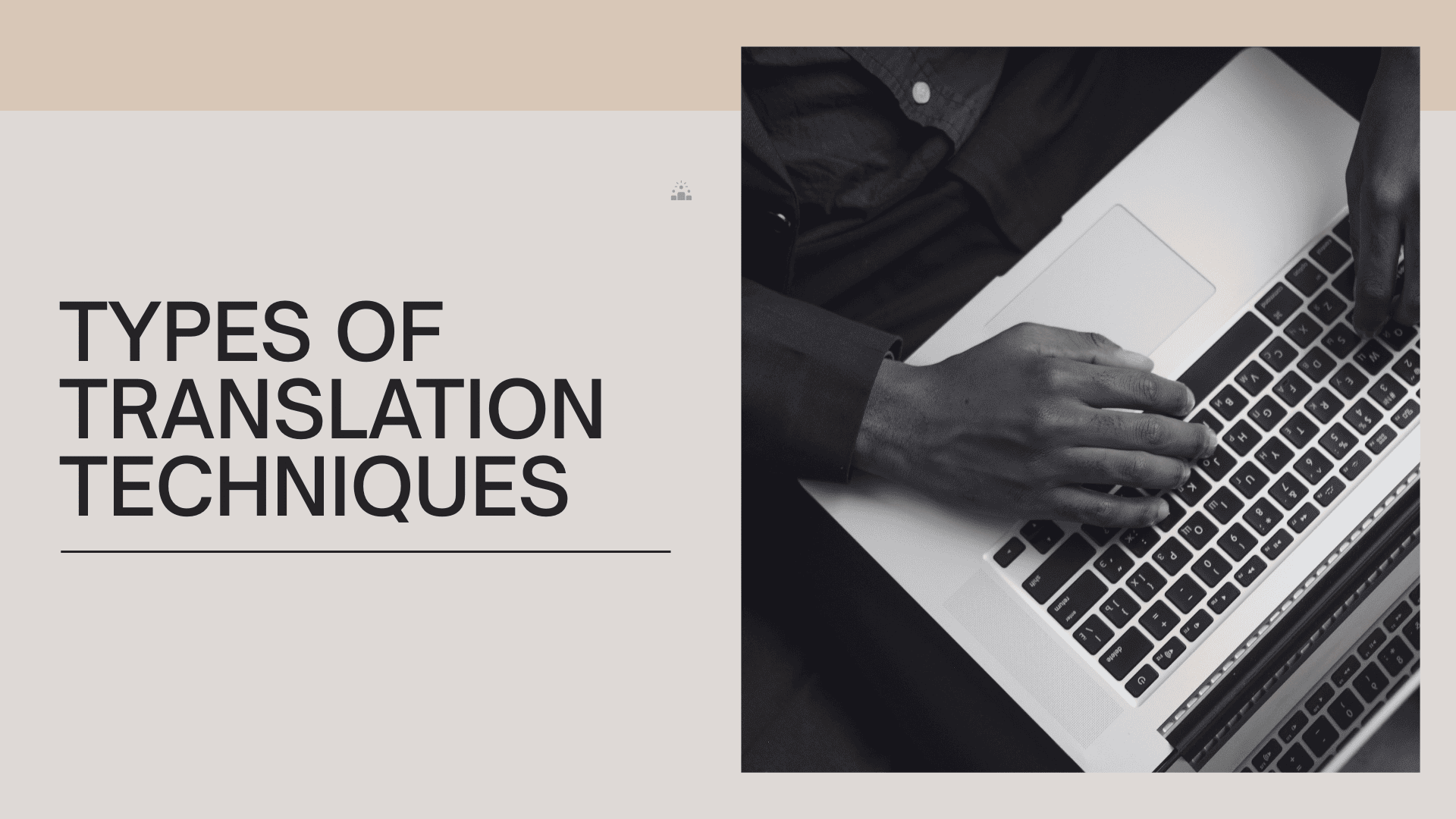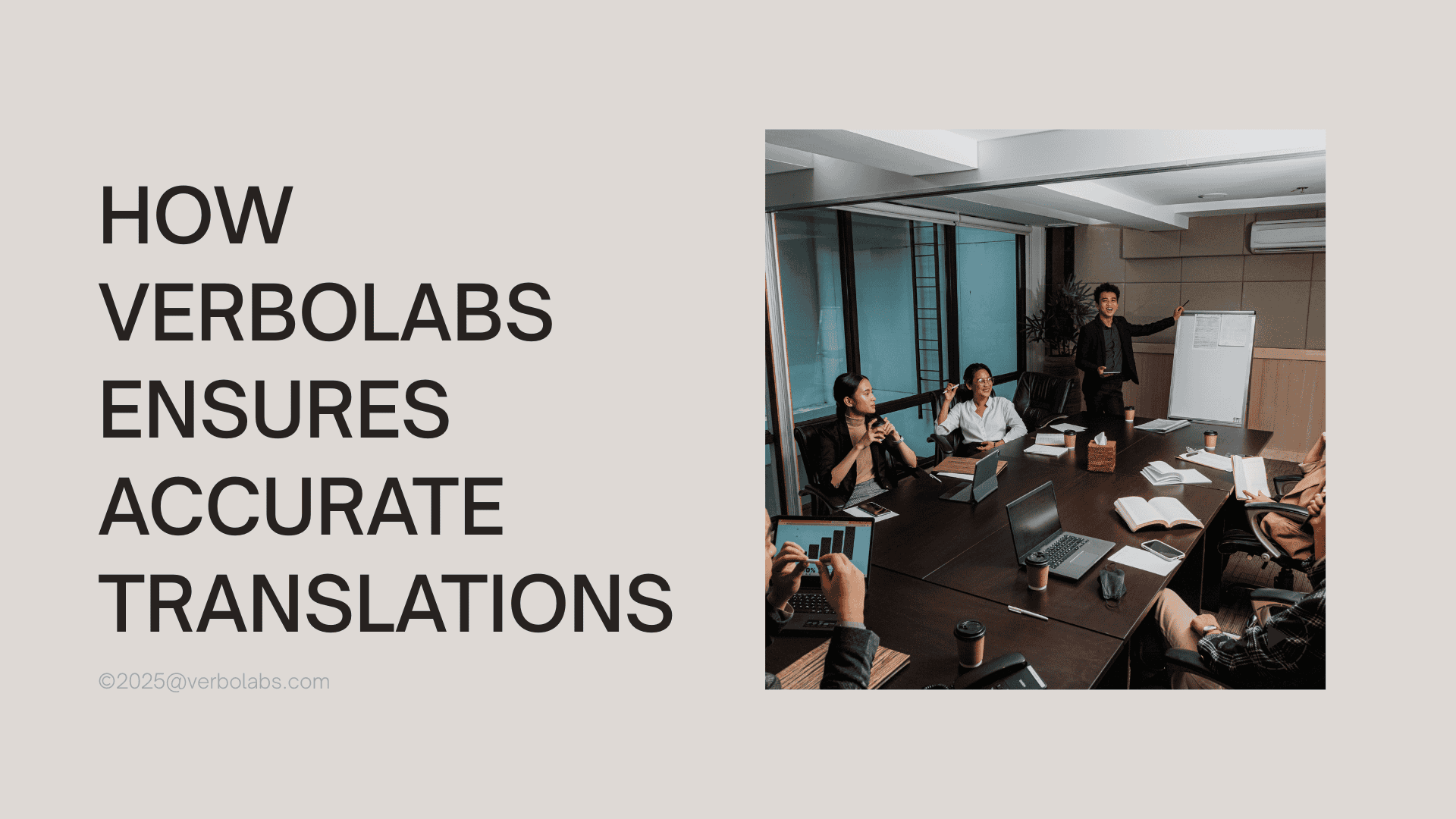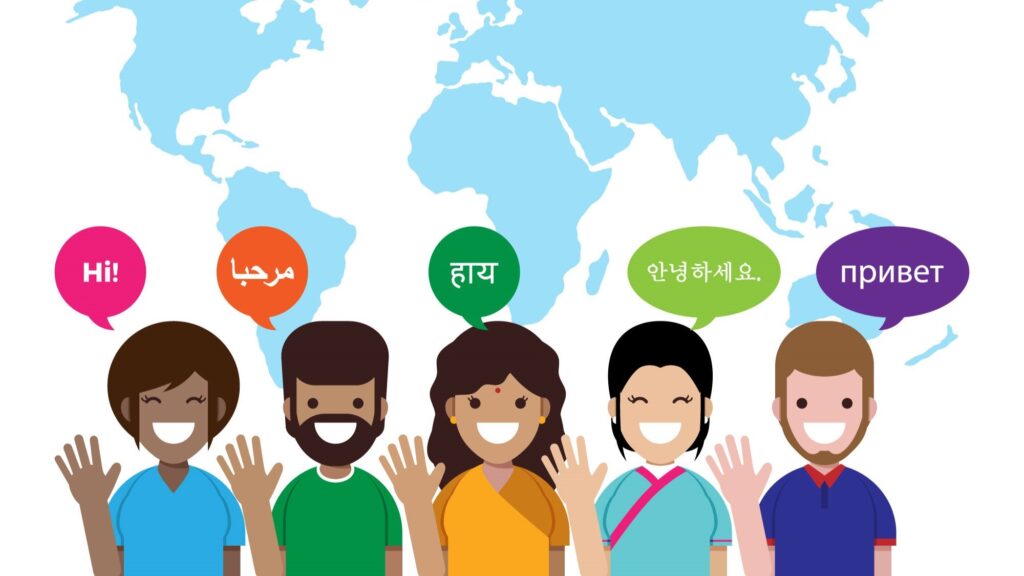
In today’s interconnected world, translation is more than just converting words from one language to another—it’s about ensuring the message, tone, and cultural meaning remain intact. For businesses looking to expand globally, understanding translation techniques is crucial. Without the right approach, a message can be misunderstood, lose its impact, or even offend the target audience.
That’s why professional translation services, like those offered by VerboLabs, rely on proven techniques to deliver accurate and culturally relevant results. Let’s dive into the different types of translation techniques, why they matter, and how they help businesses succeed internationally.
Translation Methods vs. Translation Techniques
Before exploring the techniques, it’s important to understand the difference:
- Translation Method: Focuses on how an entire text is translated (e.g., literal translation, free translation).
- Translation Technique: Applies to specific words, phrases, or segments within the text to ensure clarity and meaning.
A skilled translator knows when to use a method and when to apply a technique—striking the right balance is what makes the difference between a good translation and a great one.
Types of Translation Techniques
Here are the most commonly used translation techniques that ensure both accuracy and cultural relevance:
1. Calque
A calque introduces a new phrase or term in the target language by directly borrowing the structure from the source language.
Example: The French phrase gratte-ciel is a calque of the English “skyscraper.”
2. Transposition
This technique changes the grammatical category of a phrase without altering its meaning.
Example: Turning an adjective into a noun, like “the poor” → “les pauvres” in French.
3. Borrowing
Borrowing keeps a word from the original language intact in the translation, often for names, places, or widely recognized terms.
Example: Words like “piano” or “pizza” are borrowed and used globally.
4. Literal Translation (Metaphrase)
Word-for-word translation where syntax and meaning align closely between both languages.
Example: “I am a student” → Yo soy un estudiante (Spanish).
This works best for languages with similar grammar and sentence structures.
5. Equivalence
Equivalence expresses the same meaning with different words, often used for idioms, slogans, or cultural phrases.
Example: The English idiom “It’s raining cats and dogs” becomes Il pleut des cordes (It’s raining ropes) in French.
6. Adaptation (Cultural Substitution)
Adaptation replaces a concept with one that better suits the target culture.
Example: “Baseball” in the U.S. might be adapted to “football” for a European audience to make it relatable.
Why Translation Techniques Matter for Businesses
Using the wrong technique—or worse, relying solely on machine translation—can result in:
- Miscommunication – Customers may misunderstand the intended message.
- Cultural Offense – Words or phrases that seem harmless in one language can be offensive in another.
- Lost Opportunities – A poorly translated product description, marketing campaign, or questionnaire can damage trust and credibility.
Example: A global brand once mistranslated its slogan “Come alive with the Pepsi generation” into Chinese as “Pepsi brings your ancestors back from the grave.” This cultural blunder highlights why professional techniques are non-negotiable.
Without accurate translation techniques, businesses risk misinterpretation, reputational damage, and failed market entry.
How VerboLabs Ensures Accurate Translations

At VerboLabs, we don’t just translate words—we translate meaning. Our team of expert linguists applies the right techniques depending on the context, industry, and target audience. Here’s why companies trust us:
- 120+ Languages Supported – Covering major global and regional languages.
- Industry-Specific Expertise – Healthcare, legal, market research, entertainment, government, and more.
- Proven Translation Techniques – From borrowing to cultural adaptation, ensuring accuracy and cultural fit.
- Confidentiality Guaranteed – Sensitive business and research data remain secure.
- On-Time Delivery – Fast turnaround without compromising quality.
You can explore our complete solutions on the Translation Services page.
The Value of Professional Translation Techniques
Translation techniques aren’t just academic—they impact how your business connects with international customers. The right approach ensures that your brand’s voice is consistent, your message resonates globally, and your business avoids costly mistakes.
With VerboLabs, you get more than just translation—you gain a partner that helps you communicate, engage, and grow across borders.
Ready to Translate with Accuracy and Impact?
Don’t let mistranslations hold your business back. With Questionnaire Translation Services, document translation, and industry-specific solutions, VerboLabs ensures your content speaks the language of your audience.
Get your content translated with precision in 120+ languages—partner with VerboLabs today.
Discover Professional Translation Services at VerboLabs

Get precise translations with the right techniques—partner with VerboLabs today!



